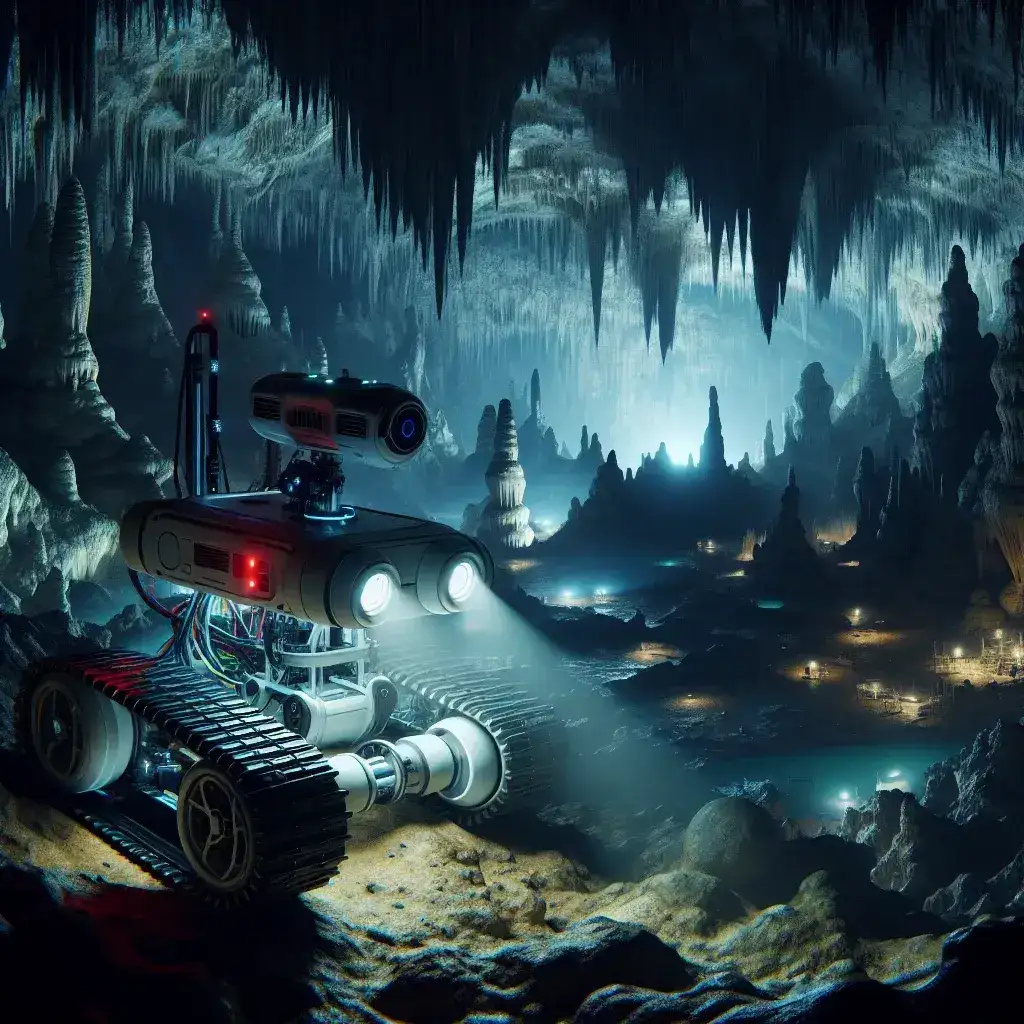Introduction
The advent of robotics and artificial intelligence (AI) is transforming various scientific fields, with geological research being one of the most promising areas of application. As researchers seek to uncover the mysteries hidden within unexplored cave systems, innovative robotic technologies equipped with AI are emerging as vital tools. This article delves into the ways robotics and AI are utilized to map these subterranean environments, the implications for geological research, and the future of these technologies.
The Importance of Caves in Geological Research
Caves represent a unique geological environment that provides invaluable insights into the Earth’s history, climate changes, and geological processes. They are natural archives that can reveal information about:
- Past climatic conditions
- Fossil records and ancient biodiversity
- Mineral deposits and geological formations
- Hydrological systems and groundwater flow
Traditionally, cave exploration has been a labor-intensive and perilous undertaking, often limited by human capabilities and safety concerns. However, with the integration of robotics and AI, researchers can overcome these challenges.
How Robotics and AI Are Revolutionizing Cave Mapping
1. Autonomous Exploration
Robots designed for cave exploration are equipped with sensors, cameras, and AI algorithms that enable them to navigate and map complex underground environments autonomously. These autonomous systems can access areas that are dangerous or impossible for humans to reach, allowing for a more comprehensive understanding of cave systems.
2. Data Collection and Analysis
Once inside a cave, robotic systems gather data through various means:
- 3D Scanning: Robots equipped with LiDAR and photogrammetry tools can create detailed 3D models of cave structures.
- Environmental Monitoring: Sensors can measure temperature, humidity, and air quality, providing insights into the cave’s ecosystem.
- Geological Sampling: Robots can collect soil, rock, and mineral samples for further analysis in laboratories.
3. AI-Driven Insights
The data collected by robotic systems is processed using advanced AI algorithms, enabling researchers to:
- Identify geological features and formations
- Analyze past climate conditions based on sediment layers
- Predict future geological changes and hazards
Case Studies: Successful Implementations
1. The CaveBot Project
One notable example is the CaveBot project, wherein researchers developed a robotic system capable of navigating intricate cave networks in the Appalachian region. The CaveBot utilizes AI to optimize its path, avoiding obstacles while collecting geological data. This project has significantly advanced the understanding of karst formations and their contribution to groundwater systems.
2. The Autonomous Cave Exploration Rover (ACER)
Another successful implementation is the ACER, designed for exploring the limestone caves in Mexico. This rover has successfully mapped extensive cave systems previously inaccessible to humans, unveiling new geological formations and contributing to research on ancient ecosystems.
The Future of Robotics in Geological Research
As technology continues to advance, the capabilities of robots used in geological research will only improve. Future developments may include:
- Enhanced AI Algorithms: More sophisticated AI will allow for better data interpretation and predictive modeling.
- Multi-Robot Systems: Coordinated teams of robots working together can cover larger areas and gather more comprehensive data.
- Real-Time Data Sharing: Future robotic systems may be equipped to transmit data in real-time to researchers, enabling immediate analysis and decision-making.
Challenges and Considerations
Despite the promising advancements in robotics and AI for geological research, several challenges remain:
- Technical Limitations: Current robotic systems may face difficulties in navigating extremely narrow or unstable cave passages.
- Data Management: The vast amounts of data collected require robust storage and analysis solutions.
- Environmental Impact: Care must be taken to minimize the impact of robotic exploration on fragile cave ecosystems.
Conclusion
The integration of robotics and AI in exploring unexplored cave systems is paving the way for groundbreaking discoveries in geological research. As these technologies advance, they promise to unlock the secrets of the Earth, providing insights into its past, present, and future. The continued collaboration between robotics engineers, AI specialists, and geologists will be crucial in maximizing the potential of these innovations, ensuring they are used responsibly and effectively to further our understanding of the natural world.




